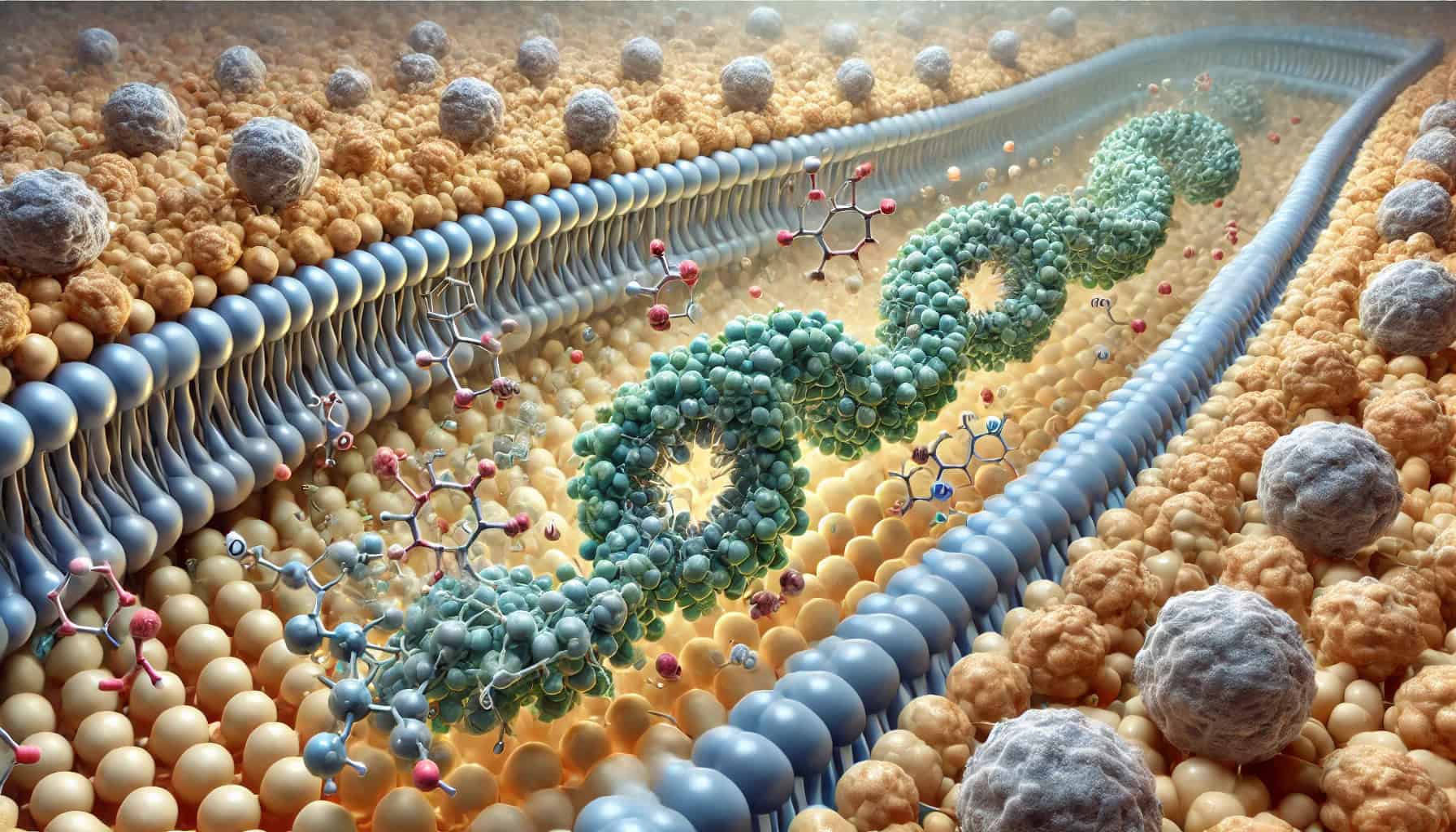Three years after SGLT2 inhibitors were added to the heart failure treatment guidelines, a JAMA Cardiology study reveals significant new prescriptions, with a few key patient sub-groups falling behind.
- SGLT2 inhibitors promote the excretion of sodium and glucose in the urine, which can help reduce fluid overload and improve heart function in HF patients.
- While the benefits of SGLT2is are seen across the HF spectrum, they are most established in HFrEF.
Researchers analyzed prescribing patterns of SGLT2 inhibitors for 760k HF patients in the National Cardiovascular Data Registry and found significant and rapid uptake in the last three years.
- Uptake occurred within 3 years of FDA approval for HFrEF and 1 year for HFpEF.
- SGLT2 inhibitor prescribing for all heart failure patients increased from 4.6% to 16.2% between 2019-2023.
- Breaking that down by HF subtypes, HFrEF patients saw increases from 5.1% to 28.5%, while HFmrEF/HFpEF patients increased from 4.5% to 12.8%.
However, despite the early success, researchers also uncovered some concerning disparities across patient types that were less likely to receive prescriptions such as…
- Women (aOR: 0.79).
- Older patients (aOR: 0.76).
- Patients with higher blood pressure (aOR 0.78).
Beyond the patient sub-group disparities, the study also noted that there was significant variation across 191 U.S. sites, ranging from 2% to 60% prescribing rates even after adjusting for patient and practice characteristics.
The Takeaway
Heart failure is undoubtedly one of the hardest cardiovascular conditions to treat, and while more and more pharmaceutical options are becoming available, it’s clear we have a long way to go before they’re widely accepted by physicians across the board. On the bright side, this study suggests SGLT2i’s are headed in the right direction.






